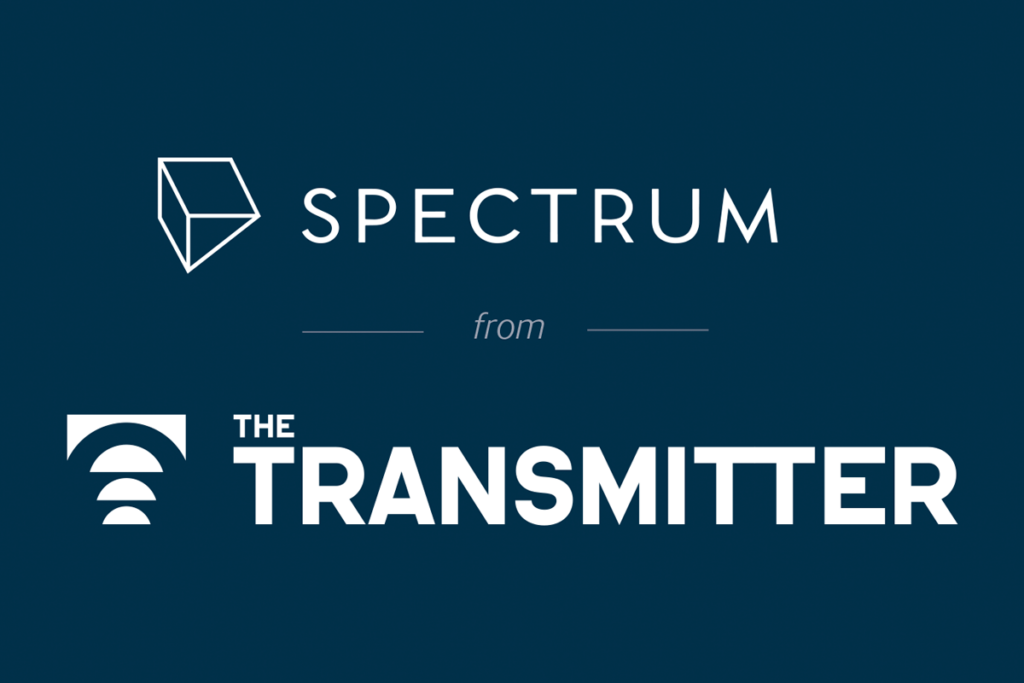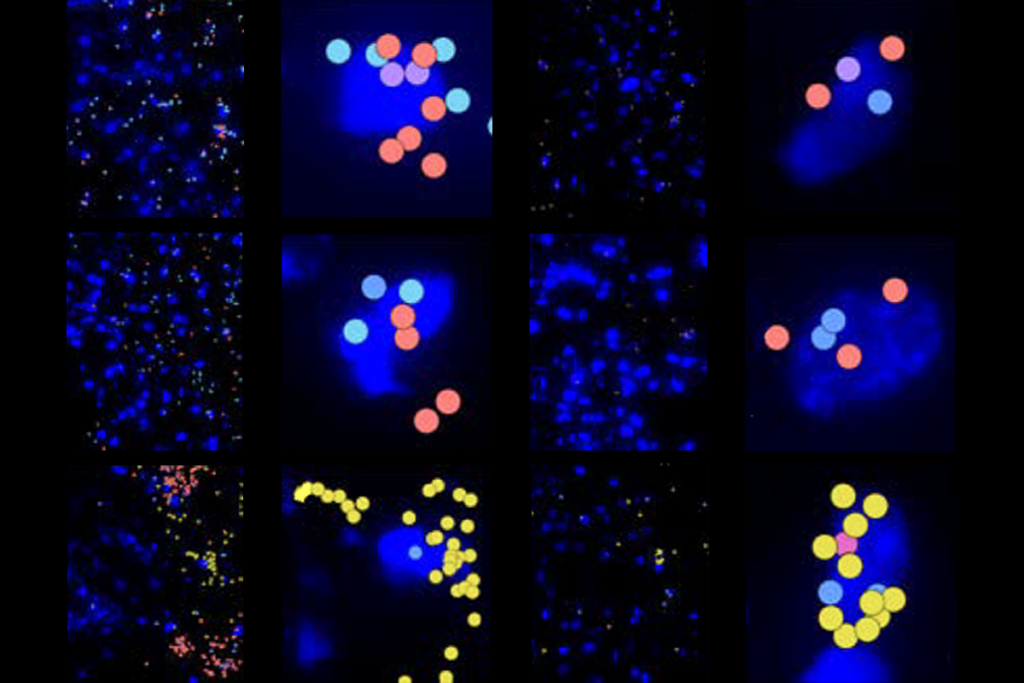PMDSF 2011
Recent articles
Root strategy
A new technique for creating stem cells from hair may help researchers understand how neurons and the junction between them form.

Root strategy
A new technique for creating stem cells from hair may help researchers understand how neurons and the junction between them form.
Meeting brings unusual focus to Phelan-McDermid syndrome
The first international meeting on Phelan-McDermid syndrome brought together researchers and family members of those affected by the disorder, sparking collaboration and some emotion.

Meeting brings unusual focus to Phelan-McDermid syndrome
The first international meeting on Phelan-McDermid syndrome brought together researchers and family members of those affected by the disorder, sparking collaboration and some emotion.
First-ever Phelan-McDermid meeting has its Eureka moments
The First International Phelan-McDermid Syndrome Symposium, held last week in New York City, brought together scientists and patient advocates to share insights — including a surprising realization about mice missing the SHANK3 gene.

First-ever Phelan-McDermid meeting has its Eureka moments
The First International Phelan-McDermid Syndrome Symposium, held last week in New York City, brought together scientists and patient advocates to share insights — including a surprising realization about mice missing the SHANK3 gene.
Explore more from The Transmitter
Machine learning spots neural progenitors in adult human brains
But the finding has not settled the long-standing debate over the existence and extent of neurogenesis during adulthood, says Yale University neuroscientist Juan Arellano.

Machine learning spots neural progenitors in adult human brains
But the finding has not settled the long-standing debate over the existence and extent of neurogenesis during adulthood, says Yale University neuroscientist Juan Arellano.
Xiao-Jing Wang outlines the future of theoretical neuroscience
Wang discusses why he decided the time was right for a new theoretical neuroscience textbook and how bifurcation is a key missing concept in neuroscience explanations.
Xiao-Jing Wang outlines the future of theoretical neuroscience
Wang discusses why he decided the time was right for a new theoretical neuroscience textbook and how bifurcation is a key missing concept in neuroscience explanations.
Memory study sparks debate over statistical methods
Critics of a 2024 Nature paper suggest the authors failed to address the risk of false-positive findings. The authors argue more rigorous methods can result in missed leads.

Memory study sparks debate over statistical methods
Critics of a 2024 Nature paper suggest the authors failed to address the risk of false-positive findings. The authors argue more rigorous methods can result in missed leads.